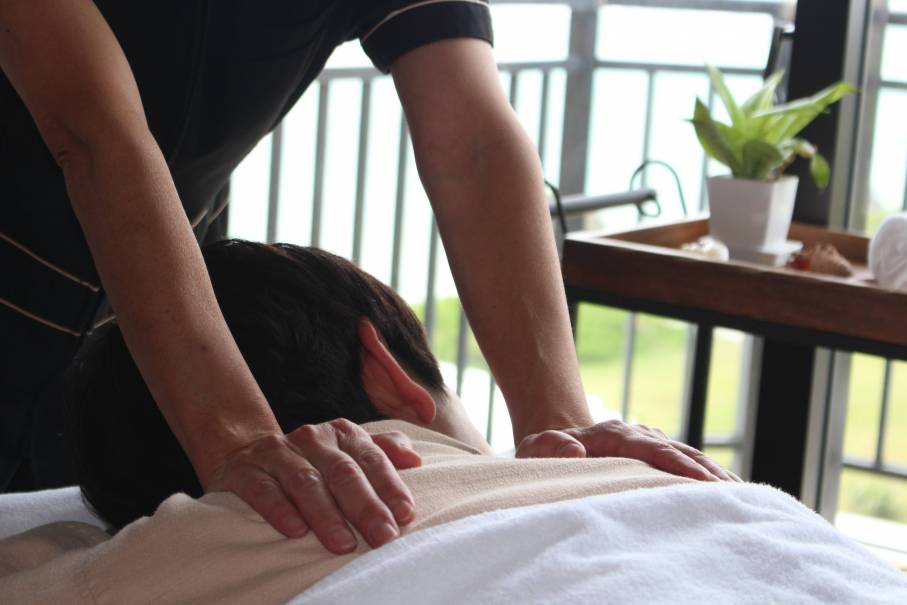Reflexology for Kids: A Parent’s Guide to Calm Children

In the realm of different medicine and holistic recovery, reflexology attracts attention as a increasingly preferred and fascinating practice. This old healing technique, rooted in conventional Chinese medication, is based on the principle that specific points on the feet, hands, and ears represent various organs and systems within the body. By using stress to these factors, specialists aim to advertise recovery, relieve stress, and bring back equilibrium to the body’s power circulation.
The origins of reflexology can be mapped back hundreds of years, with evidence of similar techniques found in ancient Egyptian burial places and standard recovery systems throughout different cultures. Modern-day reflexology as we understand it today was established in the early 20th century by Dr. William Fitzgerald, that introduced the idea of “area treatment.” This concept was later refined and popularized by Eunice Ingham, often described as the “mom of reflexology.”
At its core, reflexology runs on the belief that the body is interconnected and that boosting specific response points can have a positive impact on corresponding areas throughout the body. As an example, applying stress to a particular factor on the foot is believed to influence the function of the liver or kidneys. While scientific proof supporting these insurance claims is limited, numerous individuals report significant gain from regular reflexology sessions.
Proponents of reflexology mention a vast array of possible benefits, including:
Tension reduction and relaxation Improved flow Enhanced immune function Pain alleviation, specifically for headaches and pain in the back Better rest quality Increased power levels A normal reflexology session includes a detailed evaluation of the customer’s wellness worries and goals. The professional then makes use of different methods, including thumb and finger strolling, hook and back-up, and rotation on pivot, to use stress to details response factors. JKリフレどっとこむ applied can vary from gentle to firm, relying on the person’s requirements and sensitivity.
While reflexology is generally taken into consideration risk-free for many people, it’s important to note that it needs to not be used as a substitute for conventional treatment. Expectant females, people with certain clinical conditions, and those with foot injuries should speak with a health care provider before undergoing reflexology treatment.
As passion in alternative health and wellness methods proceeds to expand, reflexology has actually found its method into different setups, from committed reflexology facilities to health spas and health. Some healthcare facilities have actually also started incorporating reflexology as a complementary treatment together with standard medical treatments, recognizing its possible to improve total health and patient convenience.
For those thinking about checking out reflexology, it’s vital to seek out a qualified and experienced practitioner. Several nations have professional companies that use accreditation programs and preserve directory sites of certified reflexologists. These professionals undergo substantial training in physiology, reflexology, and anatomy methods to guarantee they can supply secure and efficient therapies.
To conclude, reflexology uses a special approach to health and wellness and wellness that stresses the body’s intrinsic capability to heal itself. While even more research is needed to totally recognize its systems and efficiency, numerous people locate reflexology to be a useful device in their wellness toolkit. Whether made use of as a standalone treatment or together with other wellness methods, reflexology continues to intrigue and benefit those looking for all-natural methods to sustain their psychological and physical health.
The beginnings of reflexology can be traced back thousands of years, with proof of comparable methods found in ancient Egyptian tombs and standard recovery systems across numerous cultures. At its core, reflexology runs on the belief that the body is adjoined and that boosting details response factors can have a positive influence on matching locations throughout the body. In conclusion, reflexology offers a special approach to wellness and health that highlights the body’s fundamental capacity to recover itself. Whether made use of as a standalone treatment or in conjunction with other health practices, reflexology continues to intrigue and benefit those looking for all-natural methods to support their physical and emotional well-being.